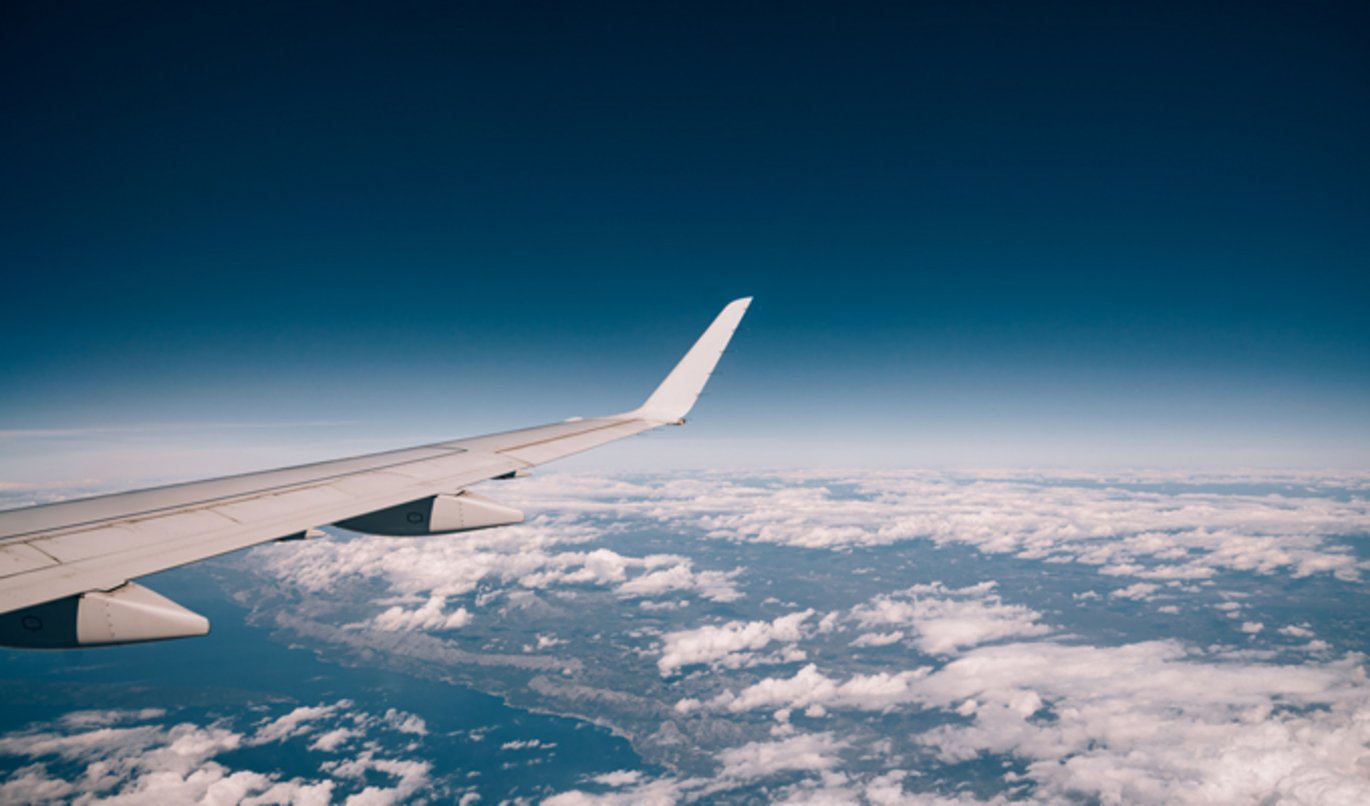Climate Action Plan for 2024: New shared principles for air travel at Tech
Less air travel was one of the focus areas when Aarhus University unveiled its climate action plan for 2024 back in March. Departments and centres at Tech have approved three shared principles for reducing the carbon footprint from air travel at the faculty and an idea catalogue for further local initiatives.

The goal of AU’s Climate Action Plan 2024 is an overall reduction in the university’s CO2 emissions by 35% in 2025 compared to 2018.
Tech is therefore launching a wide range of initiatives to reduce CO2 emissions. For example, solar cells on the roof, a new procurement policy, reuse of furniture, solutions to make AU Viborg self-sufficient in energy, as well as emission reductions from agriculture and the gradual phase-out of petrol and diesel cars.
For the focus area “Reducing Air Travel,” the faculty management team has just adopted three shared main principles for air travel at Tech. Air travel is the second largest contributor to CO2 emissions at Aarhus University, only surpassed by the procurement of goods and services.
Read about AU's climate action plan 2024
"The new shared principles for air travel at Tech are just one of the initiatives we want to implement to reduce our carbon footprint. It’s a step in the right direction and can help individual employees keep the climate in mind when planning journeys," says Eskild Holm Nielsen, dean of Tech. He continues:
“I fully understand that it can be a challenge to meet the Climate Action Plan’s goals of reducing air travel, as we have many more employees at Tech now than we did in 2018. Nevertheless, it is important that we, as a faculty driven by creating green transition, also actively contribute to achieving the goal of reducing AU’s climate footprint.”
New tool to track progress
One of the prerequisites for a targeted effort to reduce air travel is a solid data foundation. Therefore, a Power BI tool has been developed that makes it possible to track emissions from air travel at AU at both faculty and department levels. To make the tool as accurate as possible, it is important that all trips are booked through AU’s travel agency Carlson Wagonlit Travel (CWT).
Do you also want to contribute to a greener university? Then take a look at AU’s Green Guide, where you will also find inspiration for your travel planning. Find the guide here.
Shared Main Principles at Tech
1. No domestic flights (exceptions may be made under special circumstances) (Tech priority #1)
2. Prioritize direct flights, especially within the EU, avoiding layovers as much as possible. Aim for combination travel with bus/train (Tech priority #2)
3. Booking of all travel should, to the greatest extent possible, be made through the travel agency CWT via AU’s employee page to support CO2 accounting and provide guidance on 'the best travel route' to the destination in terms of CO2 emissions (Tech priority #3)
Additional Principles for Local Prioritization
4. No flights under 500 kilometres or where the destination can be reached in under 7 hours by alternative transport
5. A cap on the number of flights or kilometres per employee
6. No overseas study trips for students
Meetings, Networking, and Conferences
7. Attend physical meetings at flying distance only when strictly necessary, always considering the expected benefit versus CO2 emissions
8. Consider participation in overseas research conferences and development trips carefully, always weighing the expected benefit against CO2 emissions
9. Research and representation
9.1. Group travel for publications/fieldwork/data collection should be consolidated to one or a few individuals who can represent the entire group at conferences and grouped with the fewest possible visits
9.2. Include train travel in grant applications, possibly in 1st class, if relevant.
10. Create a CO2 budget for conference travel at the centre/department level.
Read on: Climate Action Plan 2024: “Business as usual won’t help us reduce our climate footprint”